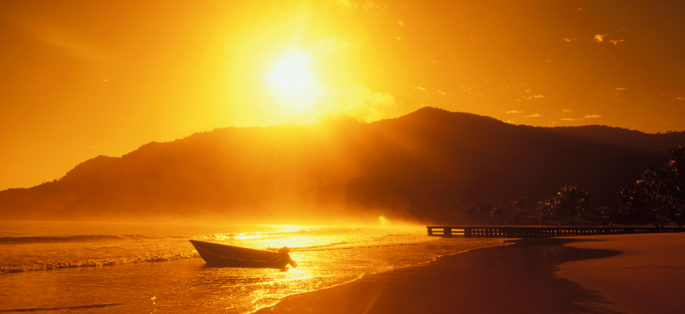The Basics – The Best Lens for Outdoor Use in Bright Sunlight

Shooting outdoors in bright sunlight can be a challenge for many photographers. Some of the things that could go wrong include having images that have high contrast, blown out highlights, shadows, lens flare and colours that might even look overly saturated. If you’re shooting portraits they can also lead to the ‘squint factor’ when the subject is positioned facing directly into the sun.
But when shot right the images captured are magical, full of life and warmth. You can – and should – take full advantage of every bit of beautiful sun you can get when taking outdoor photos. So how do we choose the best lens to offset the difficulties bright sunshine does to our shots?
Generally, fixed focal length or prime lenses are less likely to produce lens flare than zoom lenses. Other than having an inadequate lens hood at all focal lengths, more complicated (and cumbersome) zoom lenses are typically designed to contain more lens elements.
While lens elements often contain some type of anti-reflective coating which aims to minimise flare, no multi-element lens eliminates it completely. Light sources will still reflect a small fraction of their light, and this reflected light becomes visible as flare in regions where it becomes comparable in intensity to the refracted light (created by the actual image).
Zoom lenses, having more internal surfaces from which light can reflect are therefore more susceptible to lens flare.
Wide angle lenses are often designed to be more flare-resistant to intense sources of light such as the sun, mainly because the manufacturer knows that the photographer will most likely have a bright light source within or near the angle of view.
High-quality, pro-grade lenses may be a tad more expensive, but they also contain amazing anti-reflective coating technologies that will significantly reduce or in some cases even eliminate flare. Some older lenses made by Leica and Hasselblad do not contain any special coatings, and can thus flare up quite significantly under even soft lighting.
The design of a camera lens certainly has a significant impact on lens flare. For example, Nikon has been designing lenses with recessed front elements, a feature which can greatly reduce flare and ghosting that will not require expensive coating technologies.
